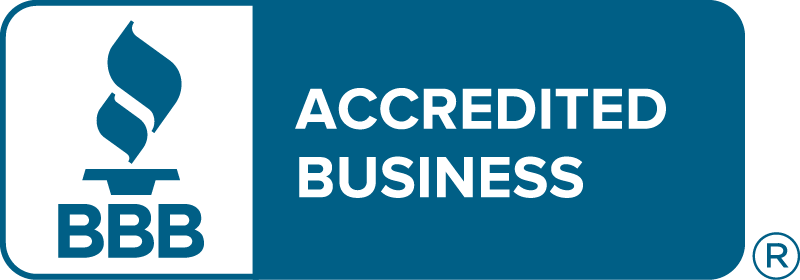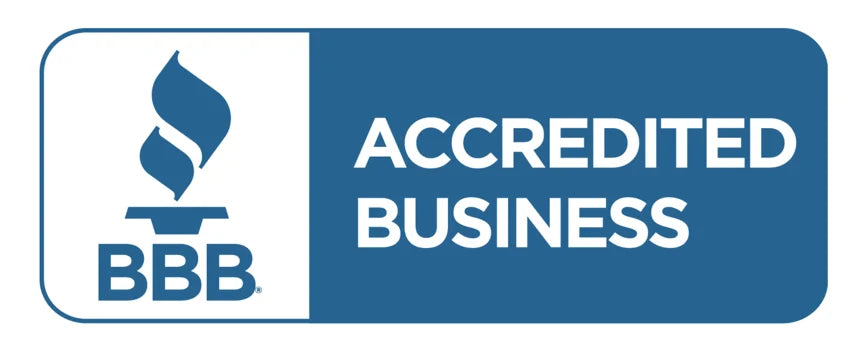If you have recently started searching for the world of hearing instruments, then you are probably feeling overwhelmed by industry-specific words. The terminology, ranging from "Telecowel" to "feedback suppression" and "digital signal processing," can be confusing. This blog is your widespread guide to decoding the jargon and helping you understand your hearing support options better.
Why does hearing the terms of hearing assistance matter?
It is important to understand the hearing and vocabulary for making informed decisions. This makes you empowered:
-
Effectively communicate with your audiologist
-
Understand product brochures and reviews
-
Choose features that correspond to your hearing needs
-
Navigate compatibility with smartphones and accessories
Whether you are the first user or upgrading from the old model, this terminology of general auditory aid conditions will serve as your quick reference guide.
General auditory aid type
-
Back-ear (BTE): The most common style is worn with a tube behind the earmold inside the ear canal.
-
Receiver-in-Canal (RIC): A small version of BTE with receiver/speaker inside the ear canal.
-
In-age (It): Custom-fit to fill most of the outer ear.
-
In-the-canal (ITC) and full canal (CIC): prudent options that sit partially or completely inside the ear canal.
-
An Inverse-in-Canal (IIC): In fact, the invisible and completely inserted deep inside the ear canal.

Core hearing ad component
-
Microphone: Raises the sound and sends it to the processor.
-
Amplifier/processor: Processes and your hearing loss increase the sound, depending on the profile.Receiver: Provides a processed sound in your ear.● Amplifier/processor: Enhances sound based on the profile to address hearing loss. Receiver:
-
Shell/Case: Homes are designed for components, comfort, and durability.
-
Volume Control: Manual adjustment of amplification is allowed.
-
Program button: Let users switch between listening modes (eg, cool room, noisy restaurant).
Major features and technologies
-
Digital Signal Processing (DSP): Sound converts waves into digital signals, which allows for clear sound and more sophisticated features.
-
Response suppression: Reduces or eliminates the sound of the whistle caused by the amplified response.
-
Directional microphone: Focus on sounds coming from a specific direction (usually in front of the user).
-
Noise reduction: Filter background noise for better clarity.
-
Telecoil (T-Coil): Induction increases sound clarity in public places equipped with loop systems.
-
Frequency Lowering: Shifts seem to have better hearing. Binaural Coordination: Synchronizes the hearing devices in both ears for a balanced sound.
Audiology and Hearing Tests: Required Conditions
-
Audiogram: A chart that represents your ability to hear on visually different frequencies.
-
Decibels (DB): a unit to measure the intensity of sound; More DB, the higher the dBd.
-
Speech recognition limit (SRT): The lowest level at which speech is 50% time recognized.
-
Word Recognition Score (WRS): The percentage of words is correctly repeated at a comfortable hearing level.
-
Pure tone average (PTA): Average of hearing threshold on specific frequencies - HELP determines the degree of hearing loss.
Connectivity and compatibility jargon
-
Bluetooth enabled: Wirelessly connects with smartphones, tablets, and TVs.
-
Made for iPhone (MFI): devices that originally pair with Apple products.
-
App Control: Many modern hearing aids can be controlled through smartphone apps.
-
Streaming: Audio (call, music) was streamlined directly for hearing devices.
-
Remote Mike: An external microphone that sends audio directly to hearing devices - helps in a noisy environment.
Battery and charging vocabulary
-
Recruitment hearing AIDS: Use a built-in battery that charges overnight.
-
Zinc-air battery: An Active, disposable battery by air.
-
Battery life is measured in days or hours, depending on use.
-
Charging Case: A portable case that charges your hearing AIDS and protects them.
-
Quick-charged feature: Uses several hours only after a small charging period.

What does the Common Hearing Aid brand and its terms mean
-
Phonek: Lummity and paradise are known for platforms, such as "ECBOLD" and "speech anhansar" are common.Output: - Phonek: Popular platforms like "ECBOLD" and "speech anhansar" are associated with Lummity and paradise.
-
Sinea: Facilities include AX and IX platforms, their voice processing (OVP), and dynamic soundscape processing.
-
WidX: Adaptive sound uses "pursaound" and "soundens learn" for tuning.
-
Resound: "Smart 3D app," "Environmental Classifier," and "Beeniral Directability III."
-
Understanding these brand-specific words helps compare models to manufacturers.
Conclusion
When you are equipped with the right vocabulary, it becomes very difficult to navigate the world of hearing instruments. Understanding general auditory aid conditions not only creates your confidence but also ensures that you get the most suitable tool for your unique needs.
If you are considering a hearing aid or looking to upgrade to a smart, more individual device, make sure you are well informed about the words used in product details and consultation.
Looking for smart, informed shopping? [Buy a hearing aid] Take the first step towards better hearing today.










